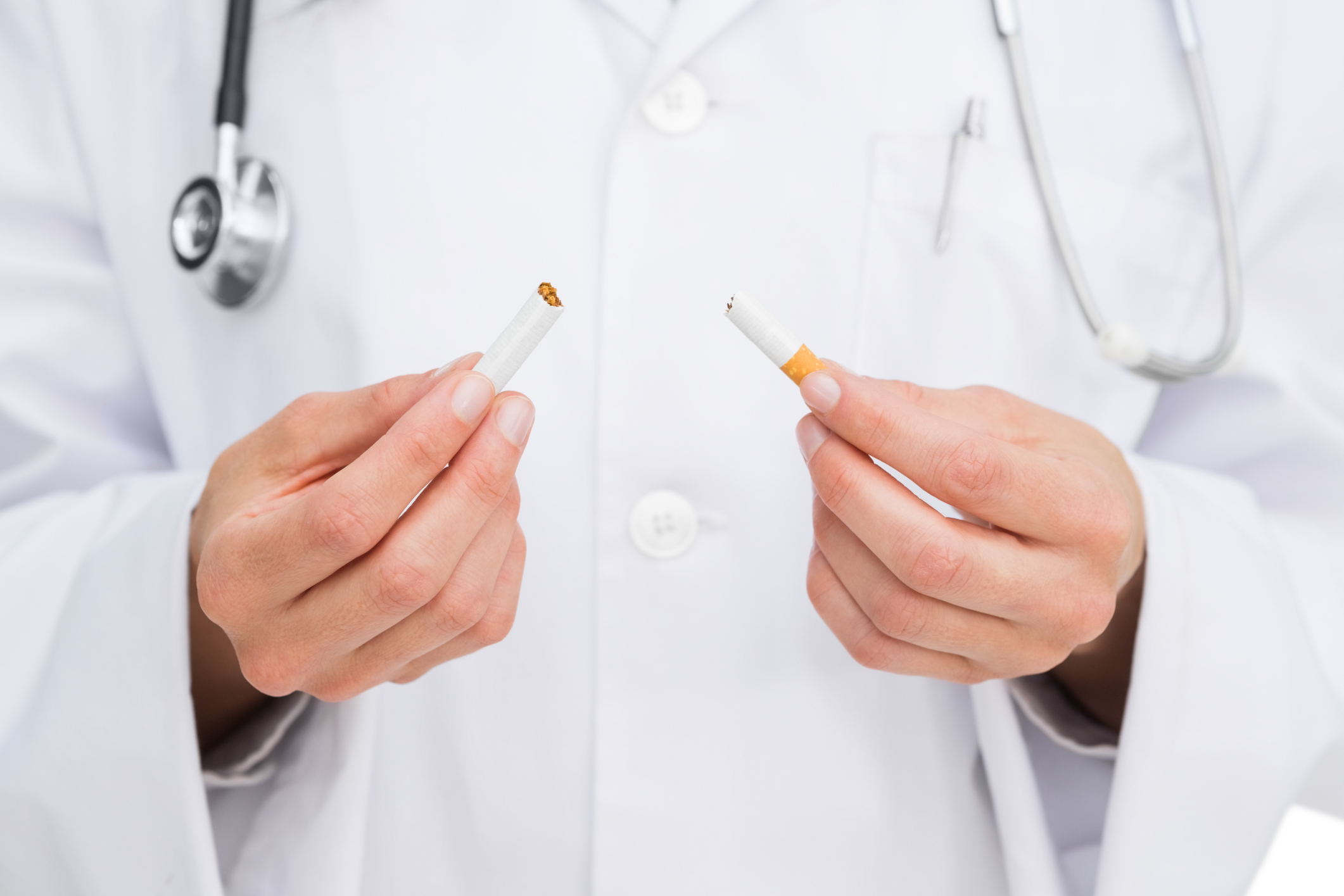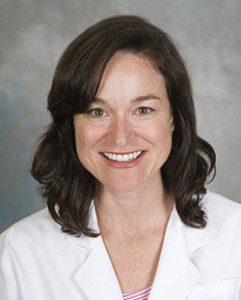
It’s Never Too Late To Stop Smoking
After 30 years of smoking more than a pack of cigarettes a day, my 56-year-old patient was skeptical that she could stop smoking. Even though she had made several unsuccessful attempts, she decided to try Chantix, a nicotine blocker, when it became available in 2006. To her surprise, she succeeded and continues to be a nonsmoker.
Like my patient, most smokers try to kick their habit on various occasions. Usually, they are motivated by health concerns. Other considerations are the high cost of tobacco products and the risk to others from secondhand smoke. Learning that smoking (along with sun exposure) has a significant impact for the aging appearance of their skin can also be a strong motivator.
The risks of smoking have been well known since the Surgeon General’s famous 1964 report that proclaimed cigarette smoking a “health hazard.” This report established that smokers are at least nine times more likely to develop lung cancer than nonsmokers. It also linked smoking to other health issues: chronic bronchitis, emphysema, coronary artery disease, and lower average birth weights when women smoke during pregnancy.
Today, we also know that no amount of smoking is safe. The American Cancer Society calls smoking the single most preventable cause of death. In addition to lung cancer, smoking is known to cause cancers of the larynx, mouth, throat, esophagus, and bladder.
When people want to quit smoking, they face a two-step process: They must break their addiction to nicotine, the drug that is in tobacco, and they must break their smoking habit.
Nicotine replacement therapy focuses on reducing withdrawal symptoms by giving controlled doses of nicotine. Options include nicotine patches, gum, lozenges, inhalers, and nasal sprays. Even though some of these products are available over the counter, medical supervision is needed for pregnant women and people with certain medical conditions.
Another way to break the addiction is with medicines that reduce the craving for nicotine. Some of my patients succeed with Zyban (bupropion Hcl), an antidepressant approved by the Food and Drug Administration to help people quit smoking. Others do well with Chantix (varenicline), a newer medicine that reduces the physical pleasure from smoking by attaching to nicotine receptors in the brain.
Breaking the smoking habit poses a separate set of challenges. Some people enjoy the social setting where smoking occurs, and others smoke to relieve stress. During the first three to six weeks after quitting, I caution my patients that they will likely feel worse with bothersome coughs (actually, a sign that their lungs are beginning the repair process), jitters, and anxiety.
The good news is that activities that support this behavior change also contribute to overall health: Get regular physical and relaxation exercise, eat a healthy diet, get seven to nine hours of sleep, talk and spend time with friends, and avoid situations where you are likely to want to smoke.
For additional support, the Washington State Department of Health offers a tobacco quit phone line. This service provides access to trained coaches who are often former smokers. They help callers identify triggers that cause the desire to smoke and work with them to develop a personal quit plan. It is available seven days a week, 24 hours a day, by calling 1-800-QUIT-NOW or by visiting www.quitline.com.
Although some people are able to stop smoking on their first try, it is common to need multiple attempts. If this is your situation, keep in mind that it is never too late to stop smoking and start enjoying these health benefits:
- At 20 minutes: Your heart rate and blood pressure drop.
- At 12 hours: The carbon monoxide level in your blood drops to normal.
- At 2 weeks to 3 months: Your circulation improves and your lung function increases.
- At 1 year: The excess risk of coronary heart disease is half that of a smoker.
- At 5 to 15 years: Your stroke risk is reduced to that of a nonsmoker.
- At 10 years: The lung cancer death rate is about half that of a person who is still smoking. The risk of cancer of the mouth, throat, esophagus, bladder, cervix, and pancreas decreases.
- At 15 years: The risk of coronary heart disease is that of a nonsmoker.
This article could not have come at a more opportune time. A monthly $25-per-account tobacco use surcharge will go into effect on July 1, 2014 for all PEBB-enrolled subscribers! In order to avoid this monthly surcharge you must complete an attestation confirming that you and your family members do not use tobacco products or are enrolled in your medical plan’s tobacco cessation program.
Step 1. Register for My Account with the Public Employees Benefits Board/Health Care Authority (PEBB).
Step 2. Take the tobacco use premium surcharge attestation between April 1-May 15, 2014 (simply answering two questions about tobacco use).
If you don’t respond by May 15, 2014, you will pay the premium surcharge starting July 1, 2014. Learn more about this surcharge. Take action now! Please contact PEBB/Health Care Authority with any questions.
 Linda Wilson is a board-certified physician assistant at the UW Neighborhood Belltown Clinic. For more information or to make an appointment, call 206.520.5050 or visit uwmedicine.org/uwnc.
Linda Wilson is a board-certified physician assistant at the UW Neighborhood Belltown Clinic. For more information or to make an appointment, call 206.520.5050 or visit uwmedicine.org/uwnc.